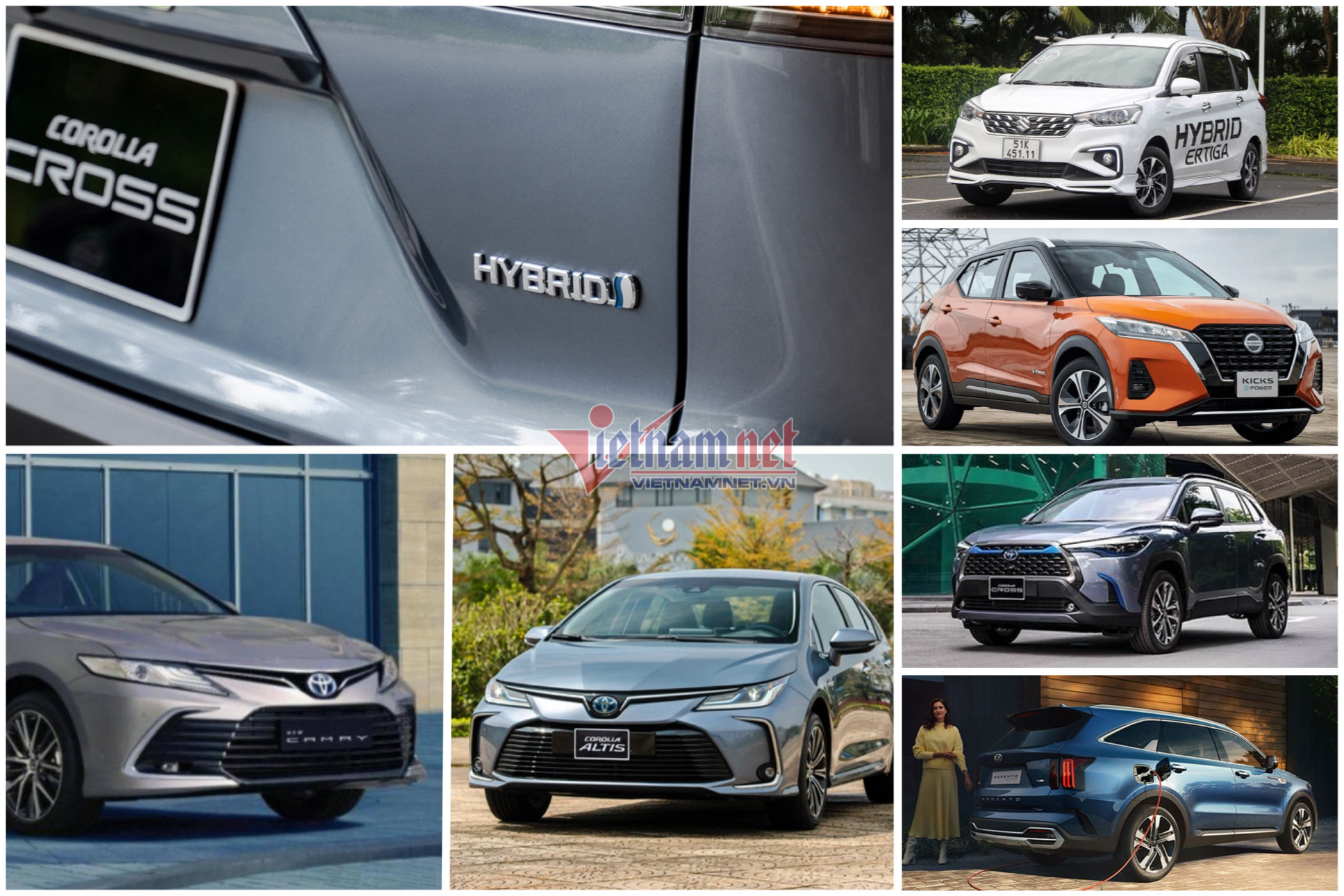
Experts say more practical and feasible solutions are needed to reach the goal of reducing greenhouse gas emissions and striving for the net zero target by 2050 as committed at COP26.
In July 2022, the government issued Decision 876/QD-TTg on the green energy transformation program, aiming to reducing carbon and methane emissions of the transport sector, outlining a roadmap to eliminate internal combustion engine vehicles, and using 100 percent electric vehicles by 2050.
The decision has had strong impact on the development trend of the Vietnamese automobile market and posed problems of production transformation for auto manufacturers.
The attendees at a workshop, held on green solutions to reduce emissions in the automotive sector and move toward carbon neutrality in Hanoi in early August, all agreed that hybrid cars and biofuels are the optimal solution for now.
At the workshop, Dr Dam Hoang Phuc from the Hanoi University of Science and Technology presented recent research works within the project on assessing the efficiency of biofuel application on internal combustion engine vehicles (ICE) and hybrid electric vehicles (HEV).
Within the framework of the project, factors about fuel consumption, emission levels and actual conditions of use between ICE and HEV were researched thoroughly during the project implementation time, from March 16, 2023 to July 10, 2023.
The indexes were measured in laboratory conditions and real roads (urban roads, highways and expressways) in rush and off-peak hours.
To ensure objectivity, the two cars used for the test were Toyota Corolla Cross with one V version (using internal combustion engine) and one HV (hybrid) version.
The results of the experiments have surprised people about the ability to save fuel, and the emission level of hybrid vehicles when combining with biofuels.
In terms of fuel consumption, HEV saved fuel better than ICE in all three types of petrol (RON 95-V, E5 biofuel and E10) by 51-57 percent.
In peak-hour urban conditions, biofuel allows HEV to save 9.25 percent of E5 and 11 percent of E10 compared with RON 95-V. The fuel saving efficiency of biofuel changes, depending on the speed and wheel resistance.
Regarding the emission levels, HEV shows better efficiency in CO2 reductions than ICE. The highest reduction is 61 percent in urban conditions, while HEV shows a significant reduction in harmful gases compared to ICE vehicles. This can be seen in all three types of gasoline, 27 percent for HC gas and 48 percent for CO gas.
The research also found that using biofuel helps HEV gain higher performance. E5 biofuel, for example, helps increase 4.8 percent, while E10 by 2.15 percent of capacity if compared with RON 95-V. The capability of gearing up for both ICE and HEV when using biofuel is also better than using RON 95-V by 4.5-11.4 percent.
With research outcomes, Phuc believes that using hybrids in association with biofuel would be suitable and offer fuel savings to Vietnamese drivers at this moment. It also contributes to reducing greenhouse gas emissions immediately in Vietnam.
The multi-dimensional approach
Also at the workshop, the representatives of other businesses and independent research organizations offered solutions to minimize automobiles' carbon emissions in Vietnamese conditions.
Toyota Vietnam showed three perspectives and solutions to reduce emissions. First, shifting to use energy and materials more environmentally friendly, and at the same time control emissions from production until the recycling.
Second, from the perspective of economic management, it is necessary to ensure a sustainable business model, including grants to customers and automakers to make industries greener.
Third, from the perspective of clients, to obtain net emissions of zero without anyone being left behind, different electric vehicles need to be developed to satisfy the diverse demands of clients.
According to Deloitte, studies over the last 20 years have found that road transport means emitted 16-17 percent of the global carbon emission volume.
To control the emissions, it is necessary not only to control the exhaust pipe of vehicles, but also the materials of vehicles, the usage process, emissions over the life cycle, and the complete disposal of the vehicles.
Hoang Hiep